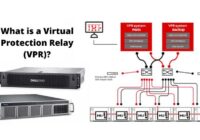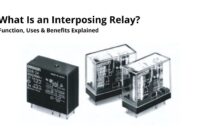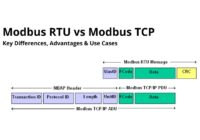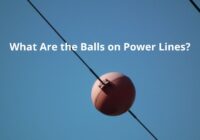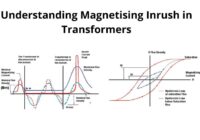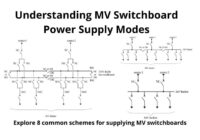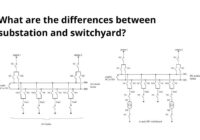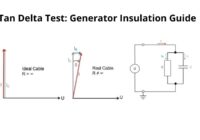Virtual Protection Relays Explained: Future of Digital Substation Protection
The digitalization of substations is reshaping how power systems are protected and controlled. Virtual Protection Relays (VPRs) represent a paradigm shift — moving protection intelligence from dedicated hardware to software-defined, virtualized environments. In this digital framework, IEC 61850-9-2 LE and Merging Units (MUs) are foundational standards and devices enabling this transformation by digitizing analog current and voltage signals… Read More »

